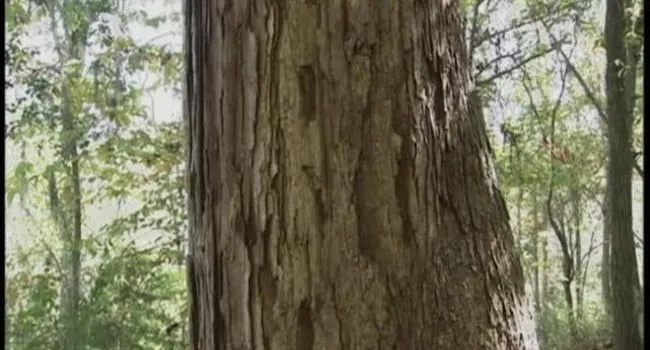
Video
Here at a higher elevation above the limestone, and where the soil is more loamy, we see more diverse plant life: White Oak trees, American Beech, Witch Hazel, Sparkleberry, and Switch Cane.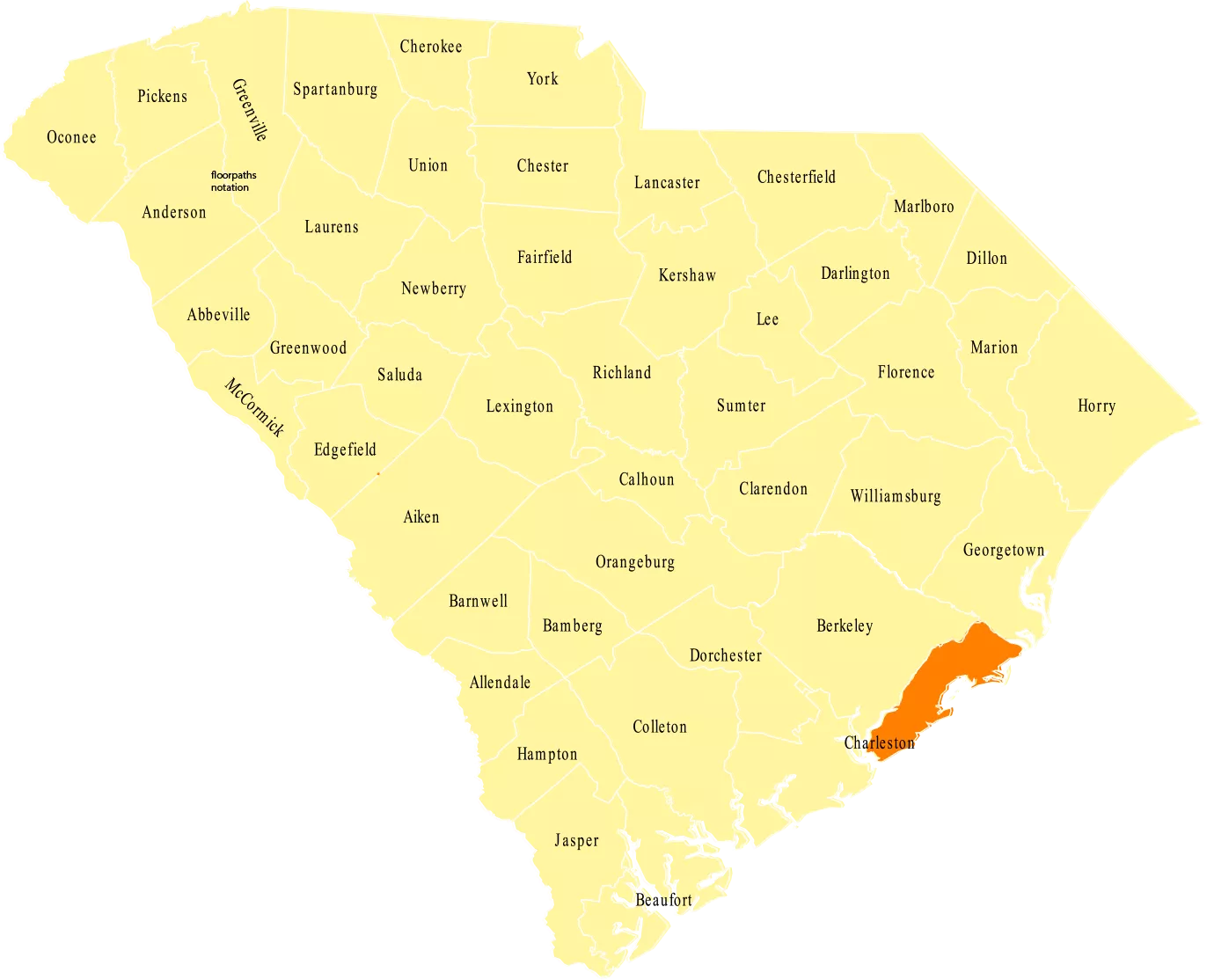
“Charleston County and the city of Charleston, its county seat, are the most historic locations in the state.” Situated in the Lowcountry, the county serves as a popular vacation destination but also relies on the business that results from its port. The area in general serves as a large cultural and economic hub for the state.
Charleston County was founded as Charleston District in 1769, and the district became smaller after some of its lands were used to create Colleton and Berkeley counties. The county and its seat were named after King Charles II.
The city and county are saturated with Revolutionary War and Civil War history. Three signers of the United States Constitution and two famous abolitionists resided in Charleston County, and the Civil War began when soldiers fired shots from the county’s Fort Sumter.

Video
Here at a higher elevation above the limestone, and where the soil is more loamy, we see more diverse plant life: White Oak trees, American Beech, Witch Hazel, Sparkleberry, and Switch Cane.
Video
The Visitor Center – The park and visitor center is a great place to learn about both natural and man-made history. The entrance to the park features a replica of what a lock in the canal looked like...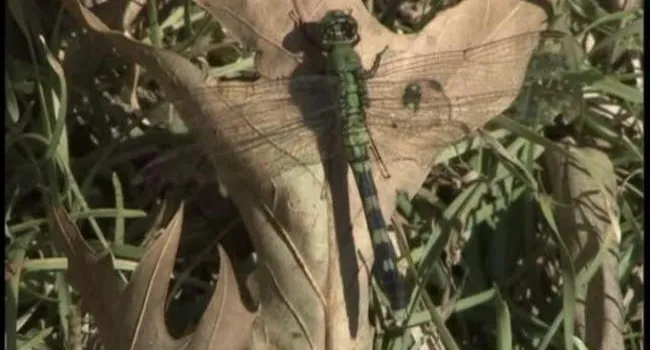
Video
Here, outside Old Santee Canal Park’s visitor center, we see a Green Jacket dragonfly, live oaks, Poison Ivy, Trumpet Creeper, Southern Sugar Maple, and a Yellow Bellied Sap-Sucker in a nearby...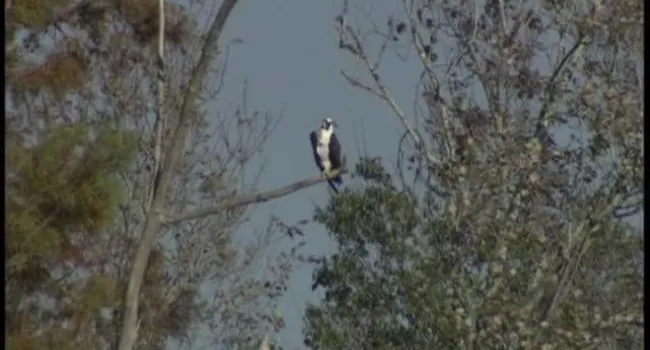
Video
Rudy and Jim come across an Osprey, or “Fish Hawk” in a nearby tree.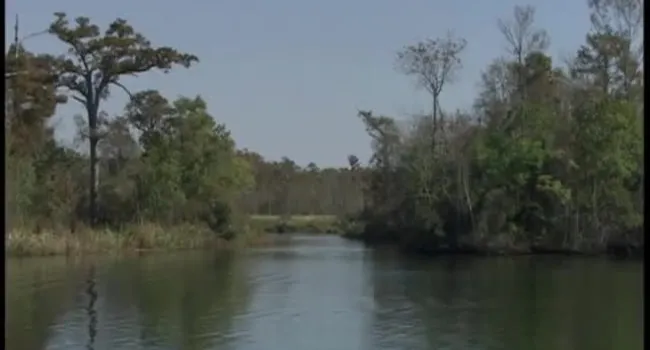
Video
Rudy and Jim visit Old Santee Canal Park, a historic lowcountry area near Monck’s Corner, South Carolina. The area features a wide array of habitats, containing both native and non-native plants. Some...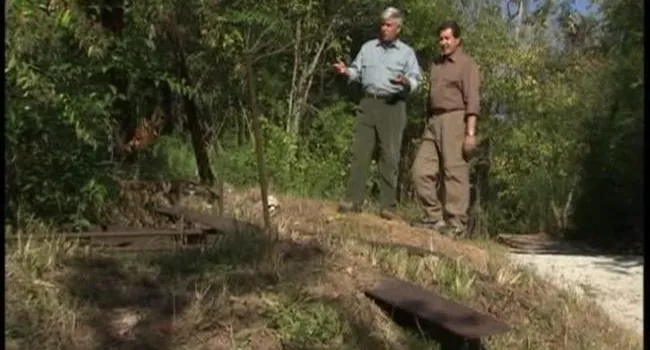
Video
Limestone Trail – Along the trail, Rudy and Jim find an old kiln, left behind by inhabitants from around the 1860’s and 1880’s. Some of the plants that have come to dominate the old quarry area, are...
Video
The Santee Canal – This canal took seven years to build, from 1793-1800, and is around 22 miles long. Duckweed and Pennywort are seen growing along the sides of the canal. Rudy and Jim find a Chain...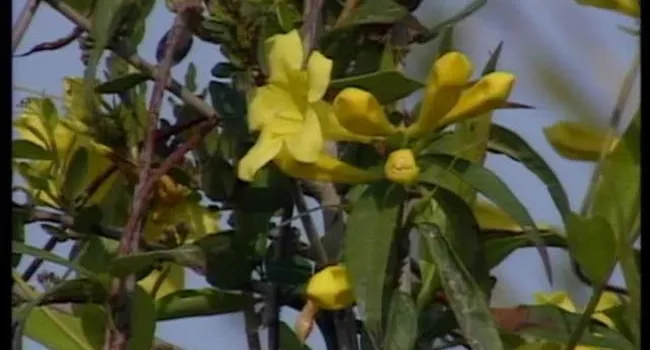
Video
At the same stop, vines and flowering plants can also be seen growing in this area. We see Yellow Jessamine, and Toadflax.
Video
Sandy soils – At this stop, we see Southern Magnolia trees, which help keep the sandy ground stable. With this one magnolia tree, Rudy and Jim find holes left behind by beetles, and woodpeckers which...
Video
Bulls Island was one of the most heavily damaged areas in South Carolina by Hurricane Hugo. Rudy and Jim visit Bulls Island to observe how nature is healing itself after the deadly hurricane. Here at...